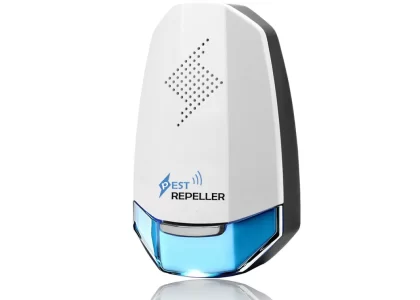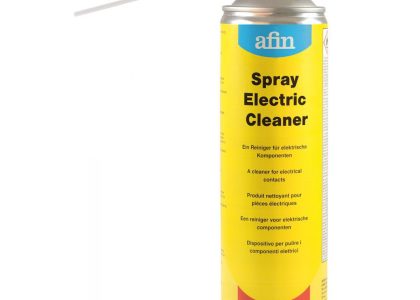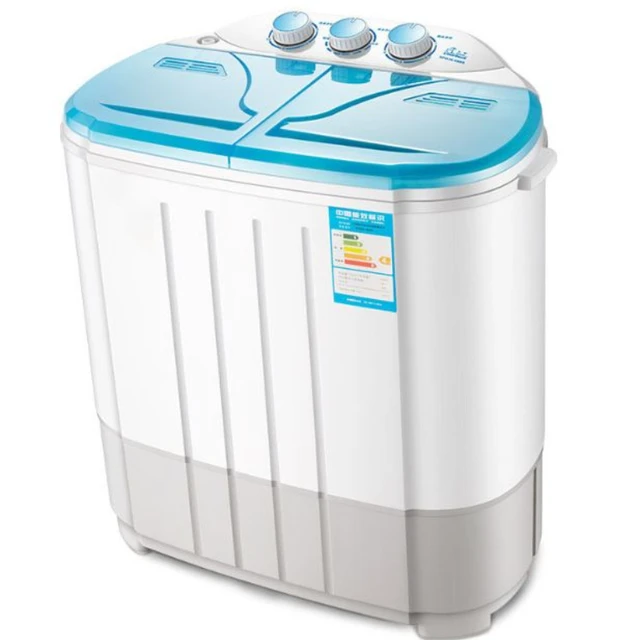 Introduction:
Introduction:
A lingering smell in the washing machine can be frustrating and impact the freshness of your laundry. Over time, bacteria, mold, and mildew can accumulate in the machine, causing unpleasant odors. If you’re wondering how to get rid of the smell in your washing machine, this comprehensive guide is here to help. We will explore effective solutions and tips to eliminate odors and keep your washing machine smelling fresh. By following these simple steps, you can maintain a clean and odor-free laundry appliance.
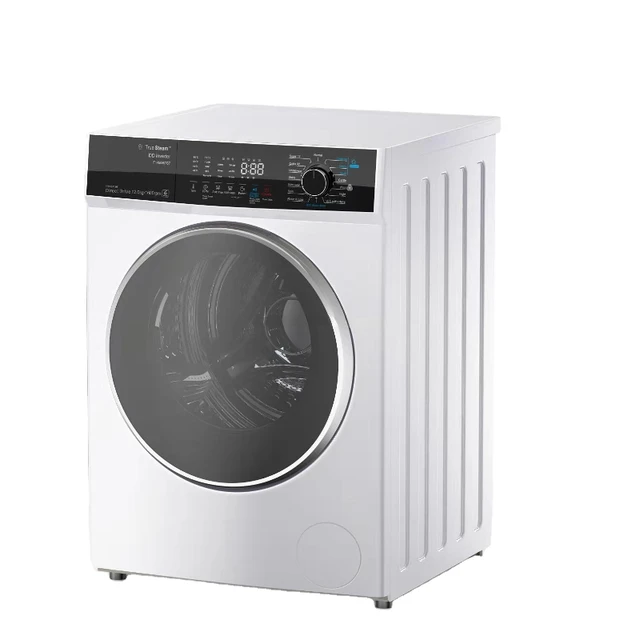 Several types of washing machines available in the market:
Several types of washing machines available in the market:
There are several types of washing machines available in the market. Here are some common types:
Top-loading Washing Machine:
This type of washing machine has a vertical drum and a lid on the top. It is easy to load and unload clothes from the top without bending. Top-loading machines are generally more affordable and consume less water. They are suitable for small spaces and those who have difficulty bending down.
Front-loading Washing Machine:
Front-loading machines have a horizontal drum and a door on the front. They are known for their energy efficiency and water-saving capabilities. These machines offer better cleaning performance and are suitable for larger families or households with heavy laundry loads.
Semi-automatic Washing Machine:
Semi-automatic machines have separate washing and spinning tubs. They require manual intervention for filling water, setting the wash cycle, and transferring clothes between tubs. These machines are more affordable and commonly used in areas with limited water supply or unreliable electricity.
Fully Automatic Washing Machine:
Fully automatic machines are equipped with advanced features and automation. They have a single drum that handles both washing and spinning without any manual intervention. These machines offer various wash programs, efficient water usage, and automatic load sensing. They are convenient to use but are more expensive than semi-automatic models.
Compact Washing Machine:
Compact washing machines are smaller in size and designed for apartments, RVs, or small living spaces. They come in both top-loading and front-loading configurations and are suitable for individuals or small families with limited laundry needs.
High-Efficiency (HE) Washing Machine:
HE washing machines are designed to use less water and energy compared to traditional models. They have special sensors and features that optimize water usage and detergent usage. HE machines are known for their superior cleaning performance and reducing environmental impact.
These are some common types of washing machines available in the market, each offering different features and suitability for specific needs. It is important to consider factors like capacity, energy efficiency, ease of use, and budget when selecting the right washing machine for your household.
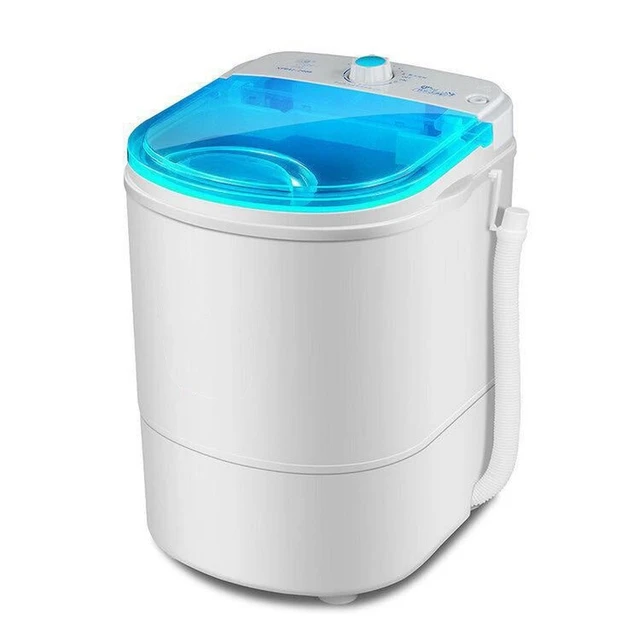 Some potential risks:
Some potential risks:
A smell in the washing machine can indicate a potential problem and may have certain risks or hazards associated with it. Here are some potential risks:
Bacterial Growth:
Persistent smells in a washing machine can often be attributed to the growth of bacteria, mold, or mildew. These microorganisms can thrive in the damp and warm environment of the washing machine, especially if it is not properly cleaned or ventilated. Bacterial growth can lead to unpleasant odors, fabric discoloration, and potential health risks.
Health Concerns:
The presence of bacteria, mold, or mildew in the washing machine can pose health risks. Inhaling or coming into contact with these microorganisms or their byproducts can cause respiratory issues, allergies, skin irritation, or even infections, particularly in individuals with allergies, asthma, or weakened immune systems.
Contamination of Clothing:
A smelly washing machine can transfer unpleasant odors to freshly washed clothes, making them unappealing or unwearable. This can be particularly problematic for delicate or sensitive fabrics that are easily affected by odors.
Reduced Cleaning Performance:
If the washing machine has an unpleasant smell, it may impact its cleaning performance. Odors can indicate a buildup of dirt, detergent residue, or lint, preventing the effective cleaning of clothes. This can result in clothes not being thoroughly cleaned or becoming stained.
Energy Efficiency:
A smelly washing machine might be an indication of poor maintenance and inadequate cleaning habits. Neglecting proper cleaning and maintenance can affect the efficiency of the machine, leading to higher energy consumption and shorter equipment lifespan.
To mitigate these risks and hazards, regular cleaning and maintenance of the washing machine are essential. This includes wiping down the drum, detergent dispenser, and rubber seals after each use, and periodically running cleaning cycles with baking soda, vinegar, or specialized washing machine cleaners. Additionally, ensuring proper ventilation, leaving the door open after each use to allow the machine to dry, and checking for potential leaks or issues can help prevent or eliminate unpleasant smells in the washing machine.
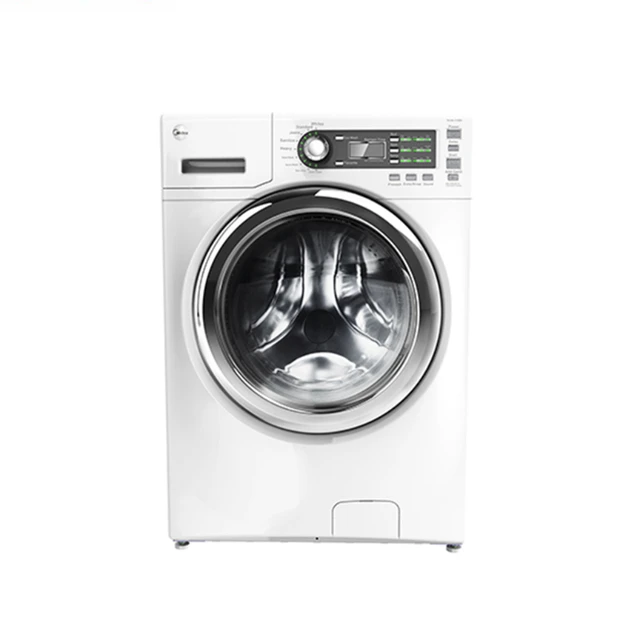 Identifying the Source of the Smell
Identifying the Source of the Smell
Bacteria and Mildew Buildup:
The warm and moist environment inside the washing machine creates the perfect breeding ground for bacteria and mold.
These microorganisms can cause a musty or stale odor in the machine and transfer it to your clothes.
Residue from Detergent and Fabric Softener:
The buildup of detergent and fabric softener residue on the drum or in the detergent compartment can contribute to the unpleasant smell.
Over time, these residues can become rancid and emit a foul odor.
Cleaning the Washing Machine
Cleaning the Drum:
Run an empty, hot water cycle with a cup of white vinegar or citric acid to kill bacteria and remove odor-causing residue.
Alternatively, you can use a washing machine cleaner specifically designed to eliminate odors.
Cleaning the Detergent Compartment and Filters:
Remove the detergent compartment and filters (if applicable) and clean them thoroughly with warm soapy water.
Use an old toothbrush to scrub away any stubborn residue or mold.
Preventive Maintenance Tips
Leave the Door Open:
After each wash, prop the washing machine door open to allow air circulation and prevent moisture buildup.
This will help prevent the growth of bacteria and mold.
Use the Right Amount of Detergent:
Overloading the washing machine with detergent can leave behind residue that contributes to the odor.
Follow the manufacturer’s instructions to determine the appropriate amount of detergent for each load.
Regularly Clean the Rubber Seal:
The rubber seal around the door is prone to collecting dirt, lint, and moisture, leading to odors.
Wipe the rubber seal with a damp cloth regularly and check for any buildup.
Additional Tips for Eliminating Odors
Run Regular Maintenance Washes:
Periodically run hot water cycles with vinegar or washing machine cleaner to maintain a clean and fresh-smelling machine.
This practice helps prevent the buildup of bacteria and mold.
Use Odor Absorbers:
Place a bowl of baking soda or activated charcoal in the empty washing machine overnight to absorb odors.
Both substances are natural deodorizers and can help eliminate lingering smells.
Clean the External Surfaces:
Don’t forget to clean the exterior surfaces of your washing machine, including the control panel and top.
Wipe them down with a damp cloth and mild detergent to remove any residues and prevent odors from spreading.
 Conclusion:
Conclusion:
Eliminating the smell in your washing machine is achievable by following these effective solutions and preventive maintenance tips. Regular cleaning of the drum, detergent compartment, and filters, coupled with proper maintenance practices, will keep your washing machine fresh and odor-free. By incorporating these suggestions into your laundry routine, you can enjoy clean and fresh-smelling clothes without the worry of unpleasant odors. With the comprehensive information provided in this guide, you are now equipped with the knowledge to get rid of the smell in your washing machine and maintain a clean and efficient laundry appliance.


